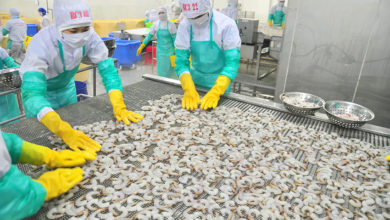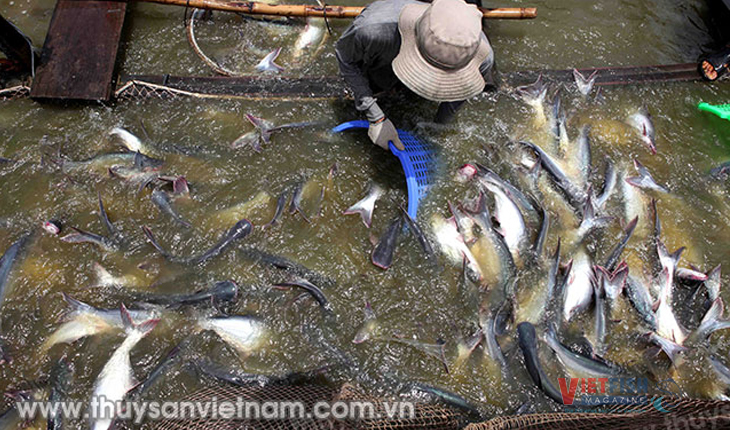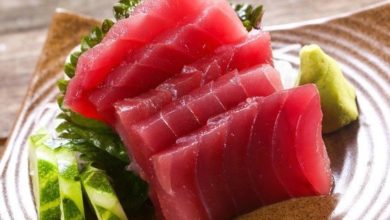Vietnam’s tuna export to Chile nearly doubles in the first two months of 2024
Chile, one of the countries participating in the Comprehensive and Progressive Agreement for Trans-Pacific Partnership (CPTPP), has been increasing its imports of tuna from Vietnam over the past three years. According to statistics from Vietnam Customs, this South American country imported nearly 3 million USD worth of tuna products from Vietnam in the first two months of 2024, marking a 58% increase compared to the same period in 2023.
In 2023, Vietnam ranked as the fourth-largest tuna supplier to Chile after Thailand, Ecuador, and China, holding a market share of over 9%. While Vietnam and Thailand have continuously increased their tuna exports to the market over the past three years, exports from Ecuador and China have been declining.
This year, Chile has increased its imports of both canned tuna and frozen tuna meat/loins from Vietnam. Particularly, Vietnam’s exports of canned tuna to this market tripled in the first two months of this year.
Currently, there are 10 enterprises engaged in tuna exports to this South American country. Among them, Trinity Vietnam, Havuco, and Nha Trang Bay are the top three, accounting for 76% of the total export turnover in 2023.
The advantage of import duties commitment under the CPTPP agreement will be a strength for Vietnam’s enterprises to expand their business in this market.
VFM






